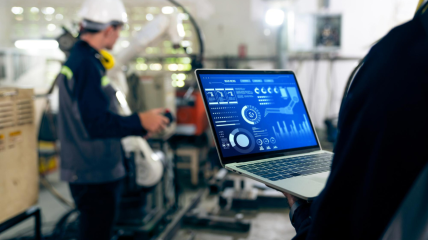Table Of Content
How will Data Visualization boost your business growth?
In modern business, we cannot deny that data is becoming an essential part of every company. Businesses gather data for multiple reasons, but the one that applies to every company is simple
Business process management: Unleashing the potential of enterprise agility
Business Process Management (BPM) is a systematic approach to designing, executing, monitoring, and improving organizational business processes. BPM aims to enhance organizational efficiency
Challenges & Overcome In Equipment Rental Industry
The rental industry is challenging, and demand may be highly irregular and unmanageable if not correctly tracked.









